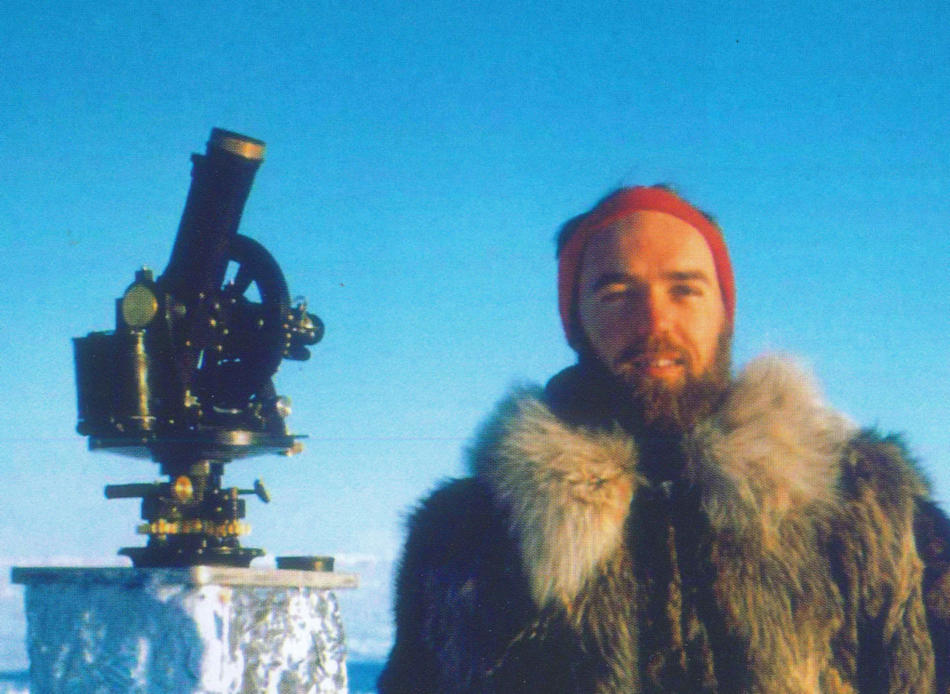Fifty-two years before the recent expedition to Antarctica, a team of Columbia scientists took off in the opposite direction. They were led by a young geophysicist named Ken Hunkins.
During the summer of 1957, Hunkins and his colleagues lived on a square-mile chunk of ice that drifted for roughly three miles a day on the Arctic Ocean. The scientists slept in heated huts, ate food dropped by the U.S. Air Force, and spent the rest of the time making discoveries.
They lowered explosives into the ocean, set them off, and timed the echo to gauge the depth of the water. They also scooped muck from the seabed and extracted 15-foot-long cores of sediment and rock from the ocean floor.
“Examining the cores is like opening a book,” says Hunkins, now 81. “Each layer tells you something about geological history.” Those cores are still at the Lamont-Doherty Earth Observatory — and so is Hunkins, who continues to do research, mostly on how winds affect the currents of Lake Champlain. His interest in the subject began during that trip to the Arctic, when he helped prove the existence of Ekman spirals, currents that are driven by winds.
A Kodak Retina captured an image of Hunkins, above, in 35mm Kodachrome. He stands beside a theodolite, a celestial navigation tool, and is wrapped in a fur coat that was purchased in an Alaskan village. As one of the first American researchers to explore the area, Hunkins felt certain he would find something new. In one of the cores, he discovered a previously unknown fossil that resembles a miniature conch shell. Paleontologists later named it Colus hunkinsi.
What else did they find? “Oh yeah, there was a rock formation,” he says, referring to a conical mountain submerged in the ocean halfway between the North Pole and Alaska. It is now called the Hunkins Seamount.



